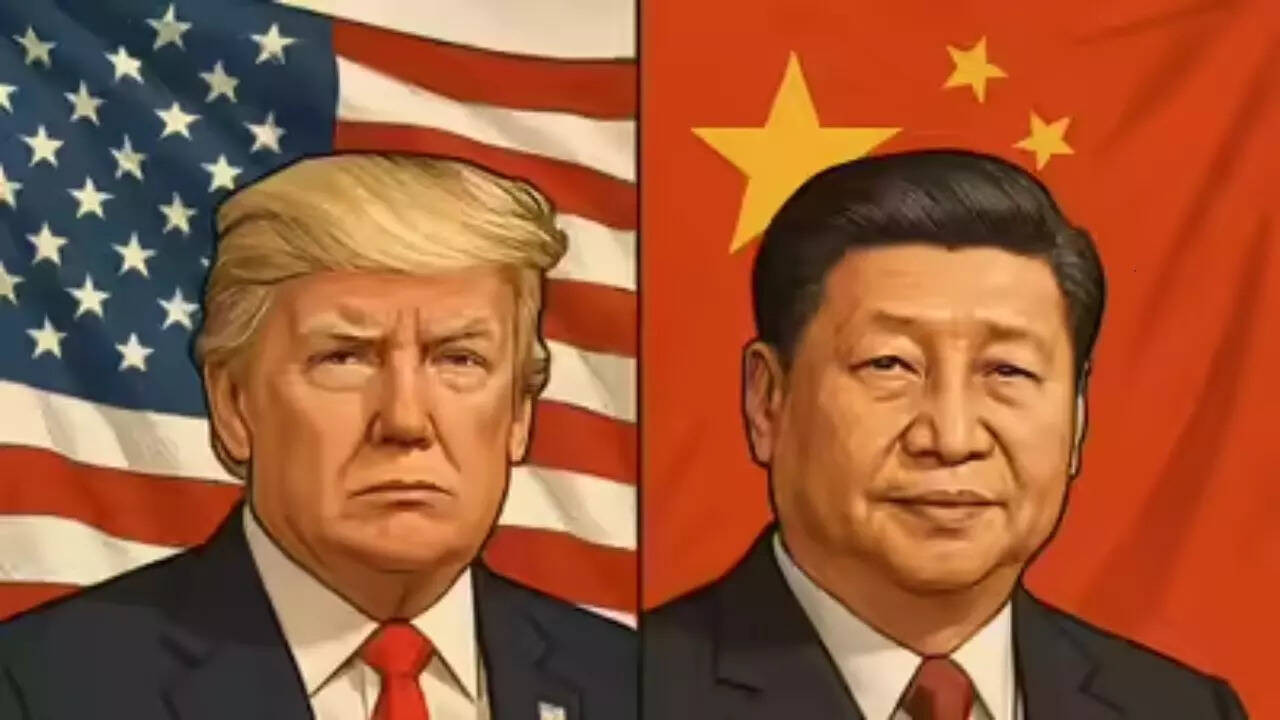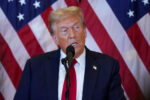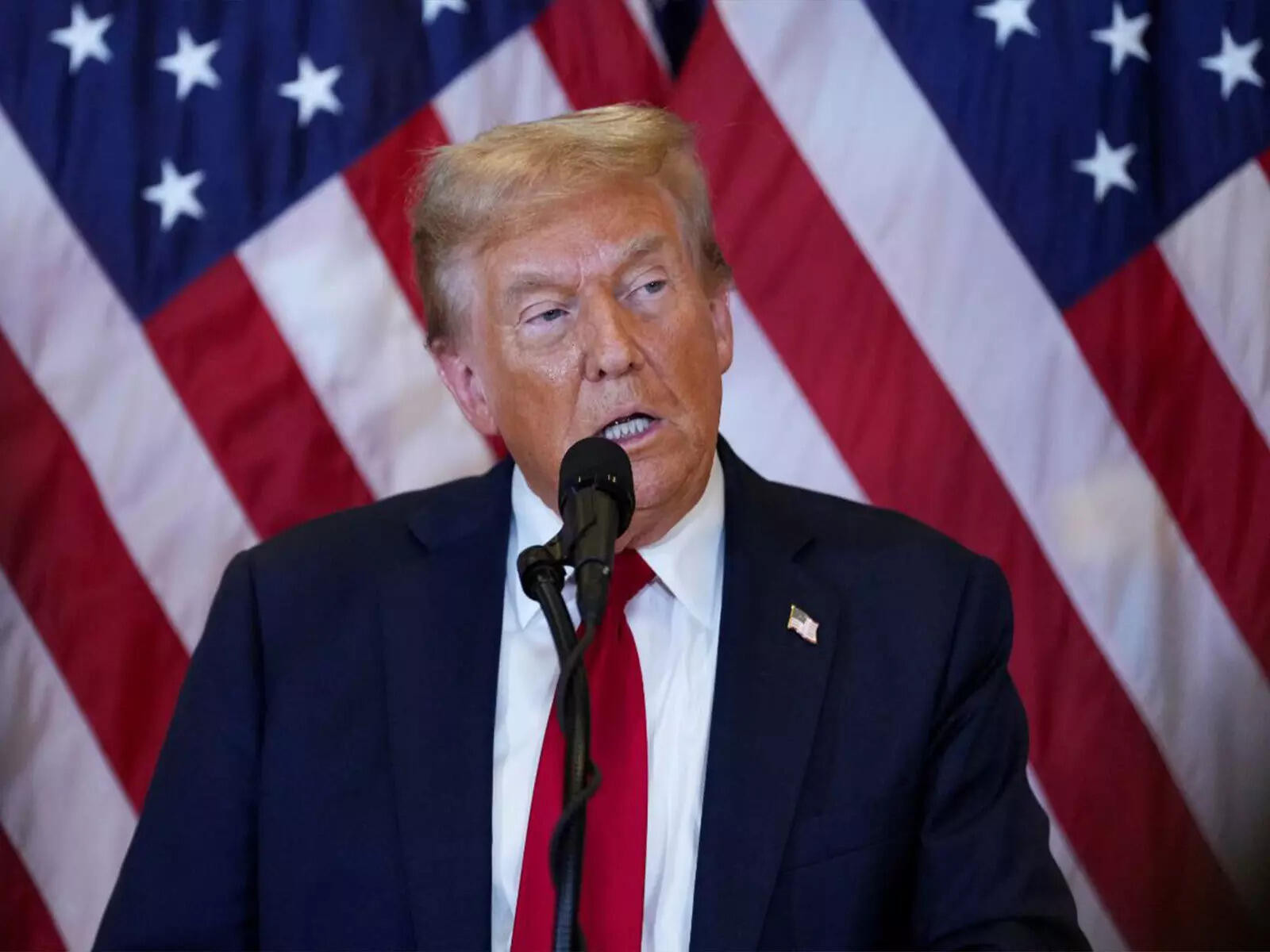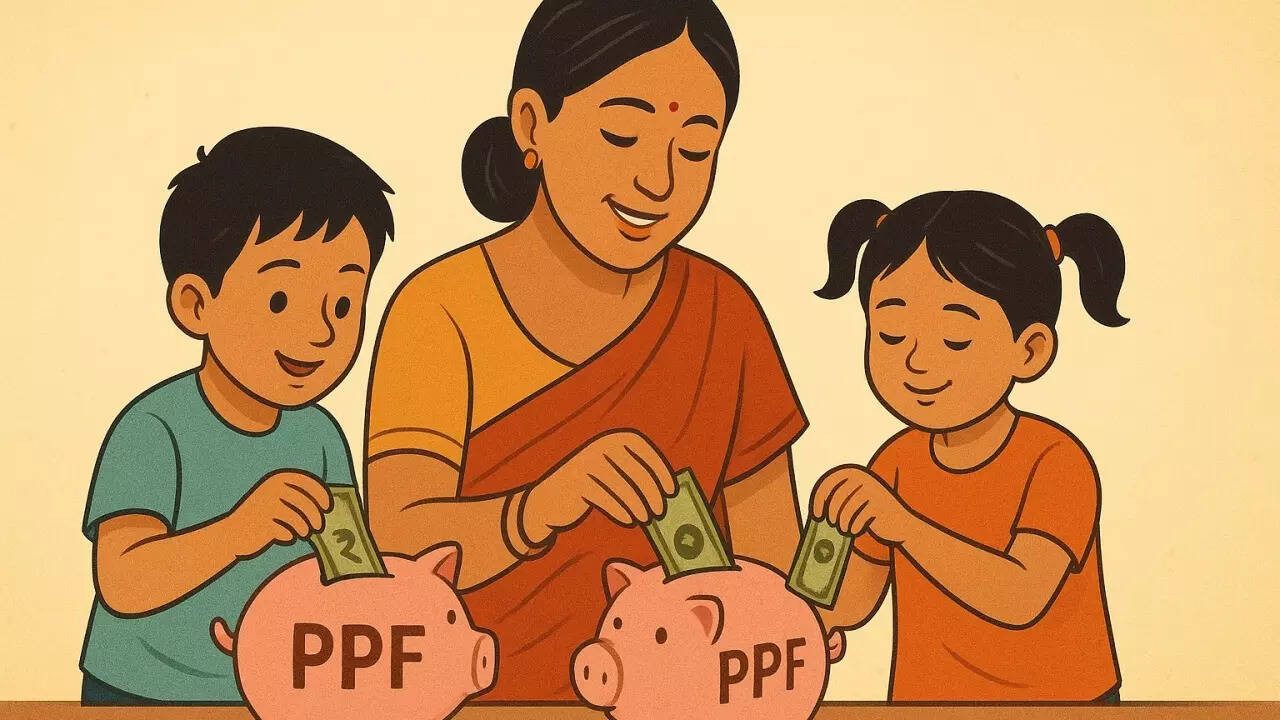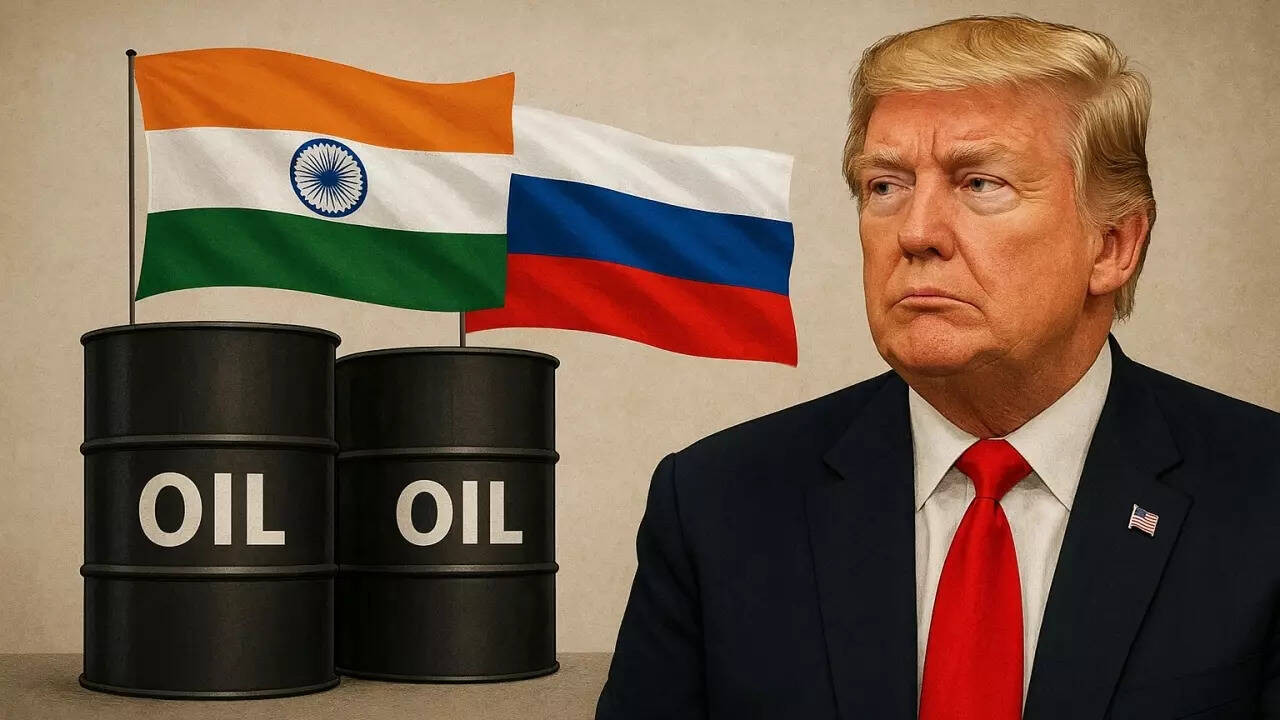The trade war between the United States and China has intensified. Washington imposed a 100% tariff on Chinese goods. Beijing accused the US of double standards and warned of consequences. China also introduced new controls on rare earth exports. These actions have severely damaged trade relations and prospects for dialogue between the two nations.
Navigating the Tariff Tightrope: China’s Response to US Trade Pressure
The global trade landscape just got a little more complex. Washington recently unveiled plans to hike tariffs on a range of Chinese goods, and Beijing isn’t holding back in its response. The move, adding extra duties to imports valued at around $18 billion, has ignited a fresh wave of concerns about escalating economic tensions between the world’s two largest economies. What’s really going on, and what are the possible repercussions?
The US argues that these tariffs are necessary to protect domestic industries from unfair competition, citing concerns about China’s overcapacity in sectors like steel and aluminum. This overcapacity, they contend, leads to a flood of cheap exports that undercut American businesses and threaten jobs. It’s a narrative we’ve heard before, but the current administration seems determined to take a firmer stance.
China, however, sees things very differently. Instead of backing down, the Chinese government has vehemently criticized the US action, accusing it of protectionism and double standards. The Ministry of Commerce in Beijing stated firmly that the US is undermining the principles of fair trade and disrupting the global economic order. It’s worth remembering that China views these tariffs as unjustified and harmful to both countries’ economies.
Understanding the Core of the Trade Dispute
At the heart of this dispute lies a fundamental disagreement about trade practices and economic fairness. The US has long complained about issues such as intellectual property theft, forced technology transfers, and state subsidies that give Chinese companies an unfair advantage. China, on the other hand, argues that its economic success is a result of hard work, innovation, and efficient manufacturing.
The US tariff hikes target specific sectors, including electric vehicles (EVs), semiconductors, solar cells, and steel. The rationale behind targeting these industries is to bolster domestic production and reduce reliance on Chinese imports in strategic sectors. For example, the increase in tariffs on EVs is intended to encourage the development of a robust domestic EV industry and reduce dependence on Chinese EV technology.

China’s Possible Retaliation and the Global Impact
The big question now is: how will China respond? While Beijing has expressed a desire to avoid a trade war, it has also made it clear that it will take necessary measures to protect its interests. This could involve retaliatory tariffs on US goods, restrictions on foreign investment, or even diplomatic pressure. It is important to acknowledge that previous trade disputes have seen tit-for-tat measures, escalating tensions, and creating uncertainty for businesses worldwide.
A full-blown trade war would have significant consequences for the global economy. It could disrupt supply chains, increase prices for consumers, and slow down economic growth. Companies that rely on trade between the US and China would face particularly difficult challenges, needing to adapt to the changing trade landscape. Furthermore, it is important to consider the ripple effects on other countries that are integrated into the global trading system.
What Happens Next With These Import Tariffs?
The situation remains fluid, and the future of US-China trade relations is uncertain. Negotiating a resolution will require both sides to address their underlying concerns and find common ground. However, given the current political climate and the deep-seated disagreements, reaching a comprehensive agreement may be difficult.
As businesses and consumers navigate this uncertain terrain, staying informed and adapting to the evolving trade landscape is crucial. This means diversifying supply chains, exploring alternative markets, and carefully assessing the potential impact of trade policies on their operations. Ultimately, the path forward will depend on the willingness of both the US and China to engage in constructive dialogue and find mutually acceptable solutions.
The increased US tariffs and China’s response highlight the intricate dynamics of global trade. The implications of these actions ripple far beyond the immediate economic impact, potentially reshaping international relations and the future of global commerce. The coming months will be crucial in determining whether a path toward cooperation can be forged, or if a prolonged period of trade tension is on the horizon. The complexities of this situation reinforce the need for businesses to remain agile and informed as they navigate an ever-changing global marketplace.
